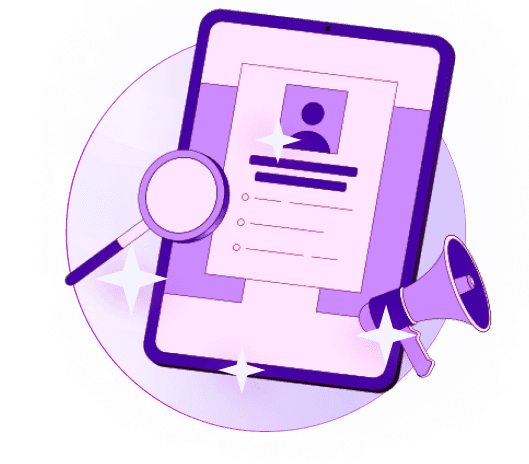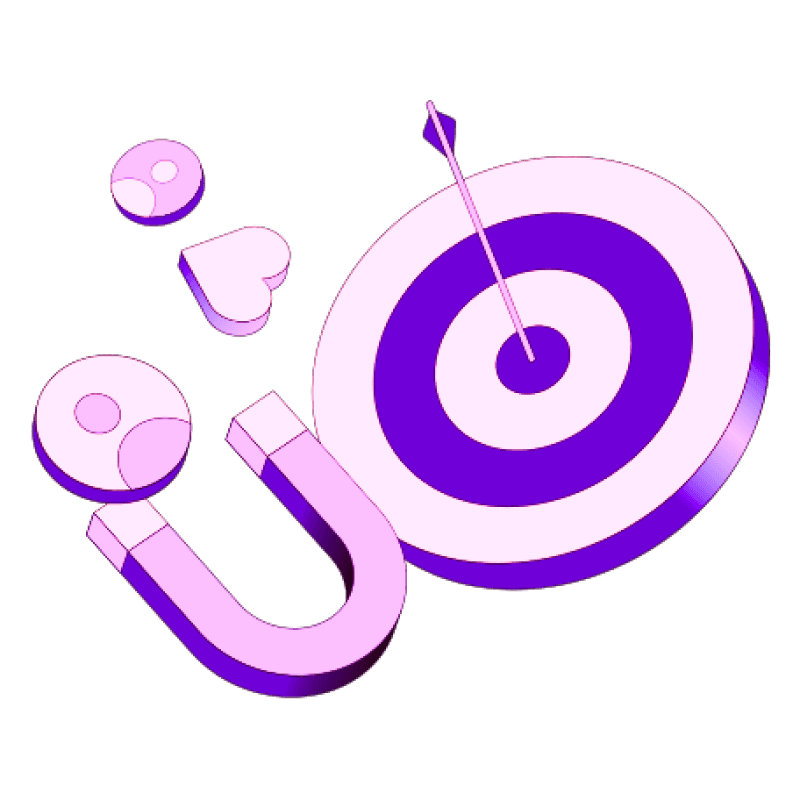Blogs
Articles

Mastering the Art of Cold Emailing: Boosting Leads Effectively
In the fast-paced world of digital marketing, mastering the art of cold emailing is a valuable skill for businesses aiming to boost leads effectively.
Cold emailing involves reaching out to potential customers who have had no prior contact with your brand. Crafting compelling cold emails requires a delicate balance of personalization, relevance, and a clear call-to-action.
In this guide, we will explore the essential techniques and best practices that will help you master the art of cold emailing and achieve tangible results in your marketing efforts.
Crafting an Effective Cold Email
Cold emailing has become a vital tool for businesses to reach out to potential clients. However, sending out generic and uninspiring emails can often lead to low response rates. To stand out in a crowded inbox and increase the chances of a positive response, it is crucial to craft cold emails that are not only personalized but also compelling. Let's delve into the key elements of crafting an effective cold email.
Understanding the Target Audience
Before drafting a cold email, it is essential to research and understand the target audience. By knowing their needs, pain points, and preferences, you can tailor your message to resonate with them effectively. This understanding allows you to speak directly to their challenges and offer solutions that genuinely meet their requirements, increasing the likelihood of a favorable response.
Personalization and Customization
Personalization goes beyond just addressing the recipient by their name. It involves incorporating relevant details, such as their recent achievements or challenges, to show that you have taken the time to research and understand their business. Furthermore, customization extends to the overall tone and content of the email, ensuring it aligns with the recipient's industry and interests. By personalizing and customizing your cold emails, you demonstrate a genuine interest in building a meaningful connection, setting the stage for a productive dialogue.
Compelling Subject Lines
The subject line is the first thing a recipient sees and can significantly impact whether they open the email. Craft a subject line that is attention-grabbing, concise, and relevant to the recipient's interests or needs. Consider using actionable language or posing a thought-provoking question to entice the recipient to click and engage with the email content. A compelling subject line sets the tone for the entire email and entices the recipient to explore further.
Clear Call-to-Action (CTA)
Every cold email should have a clear call-to-action that guides the recipient on the next steps to take. Whether it's scheduling a meeting, downloading a resource, or providing feedback, make sure the CTA is specific and easy to follow. A well-crafted CTA not only directs the recipient on the desired action but also prompts them to take immediate steps, creating a sense of urgency and importance. Additionally, consider incorporating personalized CTAs based on the recipient's specific needs or pain points, further enhancing the relevance and impact of your email.
Building Trust and Credibility
In this digital age, it is crucial for businesses to establish relevance and provide value to their audience. By consistently offering high-quality products or services that meet the needs and desires of customers, a company can build trust and credibility. Businesses can further establish relevance by staying up-to-date with industry trends, engaging with their audience through various platforms, and personalizing their interactions to meet individual needs effectively.
Using Social Proof
Social proof is a powerful tool in building trust and credibility. Testimonials, reviews, case studies, and endorsements from satisfied customers or influencers can help validate a company's offerings and reassure potential customers of its reliability. Additionally, showcasing statistics or data that highlight customer satisfaction rates or the popularity of products can further strengthen credibility. Engaging with customers on social media platforms and promptly addressing any queries or concerns can also enhance social proof.
Avoiding Spam Triggers
To maintain trust and credibility, businesses must avoid triggering spam filters. This includes refraining from using deceptive tactics like misleading subject lines, excessive use of capital letters, or irrelevant content. By sending relevant and valuable information to subscribers, a company can ensure its emails are well-received and not marked as spam. Implementing double opt-in processes, where subscribers confirm their subscription, can also help in avoiding spam triggers. Regularly reviewing and updating email lists to remove inactive or disengaged subscribers is essential to maintain a high deliverability rate and ensure that emails reach the intended audience.
Building a Strong Online Presence
In addition to social proof, building a strong online presence is key to establishing trust and credibility. This involves creating a professional website that is easy to navigate, informative, and visually appealing. Regularly updating the website with fresh content, including blog posts, articles, and product updates, can showcase expertise and thought leadership in the industry. Utilizing search engine optimization (SEO) techniques to improve online visibility and ranking on search engine results pages can also enhance credibility and attract more organic traffic.
Transparency and Authenticity
Transparency and authenticity are fundamental in building trust with customers. Businesses should be open about their practices, values, and any potential limitations. Transparency in pricing, policies, and communication fosters trust and helps in nurturing long-term relationships. Authenticity in brand messaging and interactions with customers creates a genuine connection and fosters loyalty. By being transparent and authentic, businesses can differentiate themselves from competitors and build a loyal customer base.
Consistent Communication and Customer Service
Consistent communication and exceptional customer service are vital components of building trust and credibility. Responding promptly to customer inquiries and feedback, whether through email, social media, or other channels, shows dedication to customer satisfaction. Providing excellent customer service experiences, such as personalized recommendations, efficient issue resolution, and post-purchase follow-ups, can enhance customer loyalty and advocacy. Consistency in communication across all touchpoints, from initial contact to post-sale interactions, reinforces trust and credibility.
Building trust and credibility in the digital age requires a multi-faceted approach that focuses on establishing relevance, leveraging social proof, avoiding spam triggers, building a strong online presence, prioritizing transparency and authenticity, and maintaining consistent communication and customer service. By implementing these strategies effectively, businesses can cultivate trust, credibility, and long-lasting relationships with their audience.
Optimizing for Lead Generation
In the competitive landscape of digital marketing, optimizing for lead generation is crucial for businesses to thrive and succeed. By implementing effective strategies and techniques, companies can enhance their lead generation efforts and drive more conversions. In this blog section, we will delve into key aspects of optimizing for lead generation, including tracking and analyzing performance, A/B testing strategies, and follow-up sequences.
Tracking and Analyzing Performance
One of the fundamental steps in optimizing lead generation is tracking and analyzing performance metrics. By leveraging tools such as Google Analytics, businesses can gain valuable insights into the performance of their lead generation campaigns. Key metrics to monitor include website traffic, conversion rates, bounce rates, and the effectiveness of various marketing channels. Analyzing this data enables businesses to identify strengths and weaknesses in their lead generation strategies and make informed decisions for improvement.
A/B Testing Strategies
A/B testing, also known as split testing, is a powerful technique for optimizing lead generation efforts. By creating multiple variations of a marketing asset, such as a landing page or email campaign, businesses can test different elements to determine which performs best in terms of generating leads. Elements that can be tested include headlines, calls-to-action, images, and overall design. Through A/B testing, businesses can refine their lead generation strategies based on data-driven insights and improve conversion rates.
Follow-Up Sequences
Effective follow-up sequences are essential for nurturing leads and guiding them through the sales funnel. By developing personalized and timely follow-up sequences, businesses can engage with leads, address their needs, and ultimately convert them into customers. Automated email sequences, personalized messages, and targeted content are all valuable components of a successful follow-up strategy. By segmenting leads based on their interests and behavior, businesses can tailor their follow-up sequences for maximum impact and lead conversion.
Conclusion
Mastering the art of cold emailing is a valuable skill that can significantly boost leads and drive business growth effectively. By understanding the importance of personalization, crafting compelling subject lines, and providing valuable content, businesses can engage with potential clients in a meaningful way.
Implementing best practices and continually refining strategies will not only increase the effectiveness of cold emailing but also enhance overall marketing efforts. With dedication and practice, mastering the art of cold emailing can lead to long-term success and increased conversion rates.

Create Your Free Persana Account Today
Join 5000+ GTM leaders who are using Persana for their outbound needs.
How Persana increases your sales results
One of the most effective ways to ensure sales cycle consistency is by using AI-driven automation. A solution like Persana, and its AI SDR - Nia, helps you streamline significant parts of your sales process, including prospecting, outreach personalization, and follow-up.



